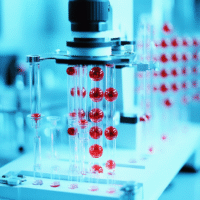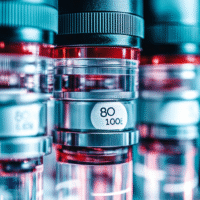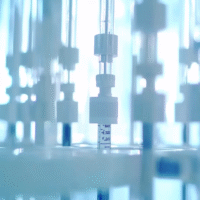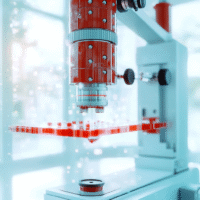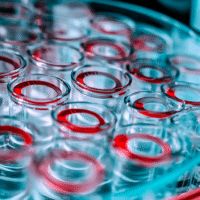Study Overview
Objective: This study investigates the effectiveness of photodynamic therapy (aPDT) as an additional treatment for patients with apical periodontitis and fistulas. A fistula is an abnormal channel that forms from the infected area at the tooth’s root to the gum surface, complicating treatment. The goal is to see if aPDT can improve the standard root canal treatment by using a light-sensitive dye and light to destroy bacteria.
Methods
Study Design: The trial will include 140 teeth with apical periodontitis and fistulas, divided into two groups:
- Group I: Receives only conventional endodontic treatment (cleaning, shaping, and sealing the root canal).
- Group II: Receives conventional treatment plus aPDT, which involves applying a photosensitizer and using light to generate reactive oxygen species that kill bacteria.
Each group will have 70 teeth, and the main goal is to see if the fistula resolves within 15 and 30 days after treatment. We will also compare X-rays to assess healing.
Conclusions
Expected Outcomes: The study aims to find out if adding aPDT improves the treatment of apical periodontitis and increases the success rates of root canal procedures. The findings will help determine the value of aPDT in everyday dental practice.
Clinical Trial Importance
Clinical trials are essential for developing safe and effective treatments. It’s crucial to integrate their findings into regular medical practice. Our AI-driven platform, DocSym, combines ICD-11 standards, clinical protocols, and research into one easy-to-use resource for healthcare providers.
Enhancing Healthcare Operations
In today’s healthcare landscape, efficiency is vital. Our mobile applications assist with scheduling, monitoring treatments, and telemedicine, simplifying patient care management and expanding digital services.
AI Benefits
By leveraging AI, clinics can improve workflows, enhance patient outcomes, and reduce paperwork. Discover how we can assist you at aidevmd.com.
















